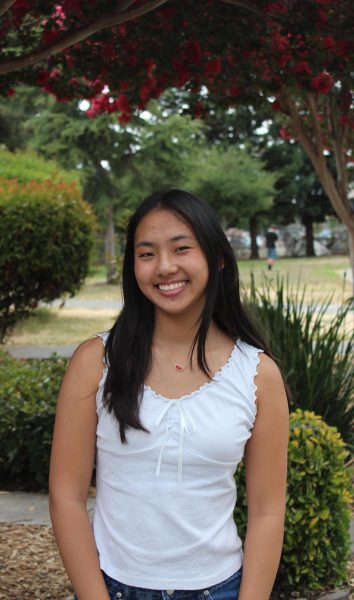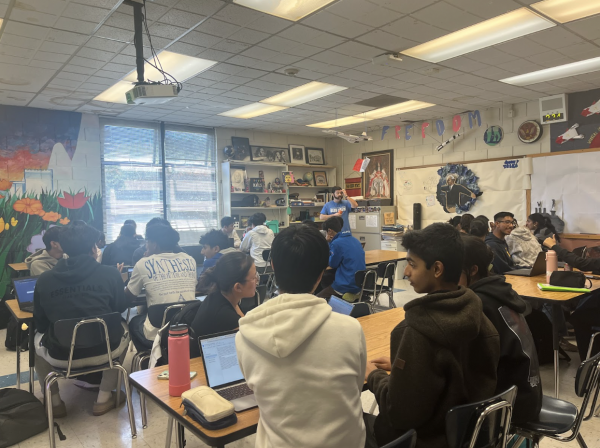Course Offerings at FUSD High Schools

At the Fremont Unified School District (FUSD) school board meeting on October 26, board members, parents, and students discussed the current status of course offerings, particularly Advanced Placement (AP) courses and double math and science courses, at the five comprehensive high schools across the district. Comprehensive high schools provide students with a well-rounded education with different courses of study. At FUSD, these schools include American, Irvington, Kennedy, Mission San Jose, and Washington. Jesús Jiménez, Director of Secondary Education, presented an overview of course offerings and situations at each of FUSD’s five comprehensive high schools.
Currently, different high schools offer different selections of AP courses, depending on the teachers each campus has. AP courses are college level courses offered by College Board that high schoolers, starting in 11th grade in FUSD, can take for early college credits. All five high schools share a few AP courses in common in science, math, history, and other subjects. American offers the most AP courses, at 21, followed by Mission (20), Irvington and Washington (19), and Kennedy (15). Some campuses also allow students to go off campus to attend classes at Mission Valley ROP (MVROP). MVROP offers a multitude of Career Technical Education courses (CTE), and also some AP courses such as AP Computer Science Principles.
Spacing limitations limit which students can take which AP courses. Most AP courses are unavailable to underclassmen for this reason, with AP European History at American High School being one of the exceptions. Some AP art courses, such as AP Studio Art, are also available for underclassmen to take. Additionally, many students who transfer credits from a district-approved world language school take world language courses at the AP level in sophomore year. Students also have the option of self-studying the AP course and registering to take the AP exam with their school. However, self-studied AP courses do not appear on student transcripts and do not impact GPA.
Similarly, schools across the district vary in their offerings of double math and science courses. According to Dr. Jiménez, Mission has 349 students taking two math courses concurrently, more than the rest of the schools in the district combined. In comparison, Irvington only has 23 students. This disparity is due to differing policies: for example, sophomores at American can take Geometry and Algebra 2/Trigonometry simultaneously while Irvington students may not.
For science course offerings, the numbers are slightly more even across schools. American has the most students taking two concurrent science courses, followed by Irvington’s 154 students. Students at Irvington cannot take two science courses until senior year, yet the district data show 93 people taking two concurrent science courses in junior year or before. Jiménez explains that many of Irvington’s engineeringCTE courses roll over to science credit after the CTE credit has been fulfilled. Irvington’s proximity to Mission Valley ROP makes these CTE courses possible. Therefore, while Irvington students may not take two traditional science classes simultaneously, such as Chemistry and Physics, they can take a traditional science course and a CTE course, such as Chemistry and Intro to Engineering. These CTE courses account for the number of juniors and underclassmen taking double science courses in the district data. As a result, the district data show more people taking two concurrent science courses at Irvington than at Mission, where both juniors and seniors can take two traditional science courses simultaneously.
These limitations are due to the lack of space in these courses. “We just don’t have the teachers,” says Irvington counselor Ms. Velasquez. “We don’t have the sections. So we always want to make sure that the students are allowed in one. But we don’t have the manpower.”
Even when students do request two science classes, they often are not able to handle both. Half of students who ask to be placed in double science classes later request to drop out. “The kids keep asking for it,” Ms. Velasquez says. “And we give it to them. But they’re begging me to take them out, and then they get mad that we can’t help them out.”
Given the numerous requirements for taking a college-level course, scheduling classes is often difficult. “We try to publish as much information as we can,” says Ms. Velasquez. “We do our best to follow the course catalog for the school, but I don’t think the kids realize how hard it is to put a master schedule together.”







